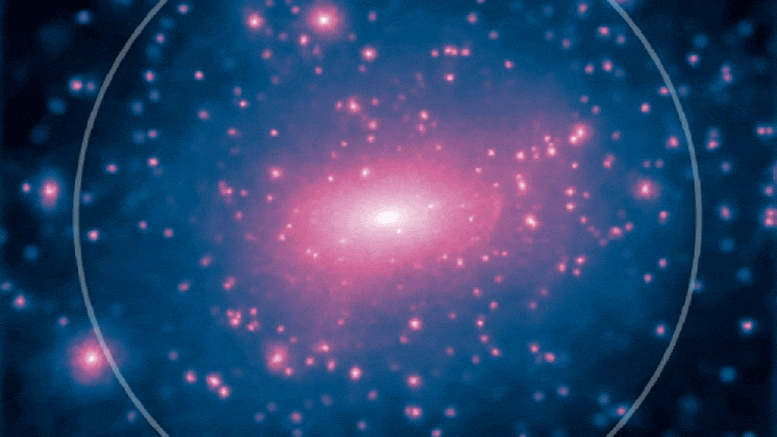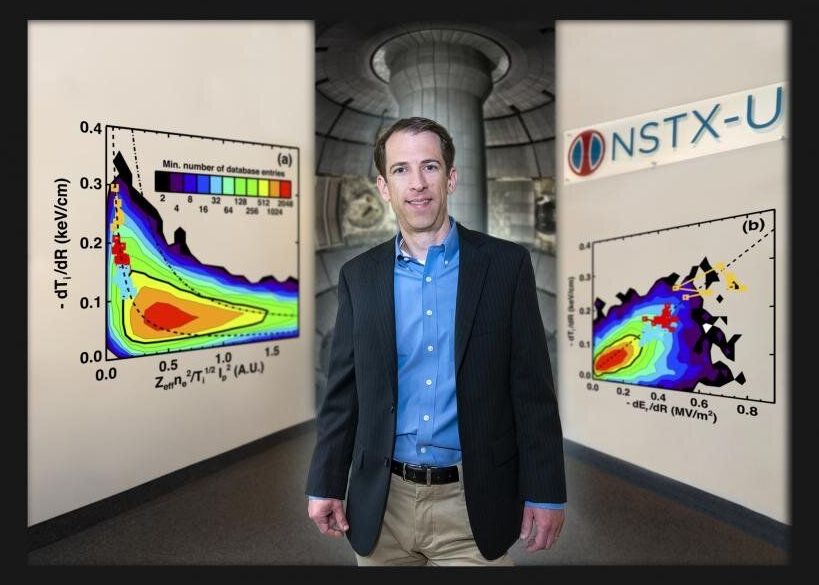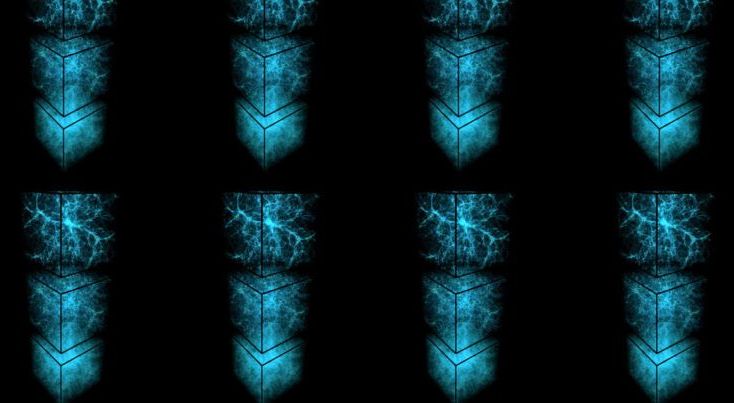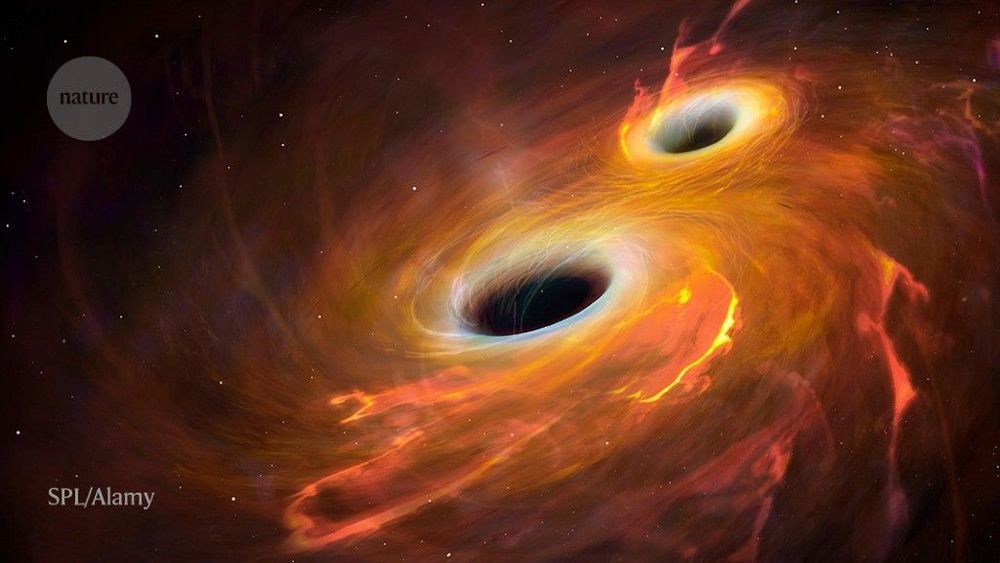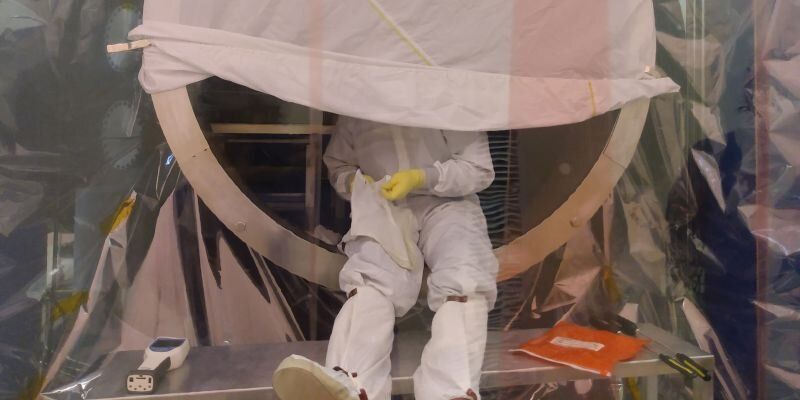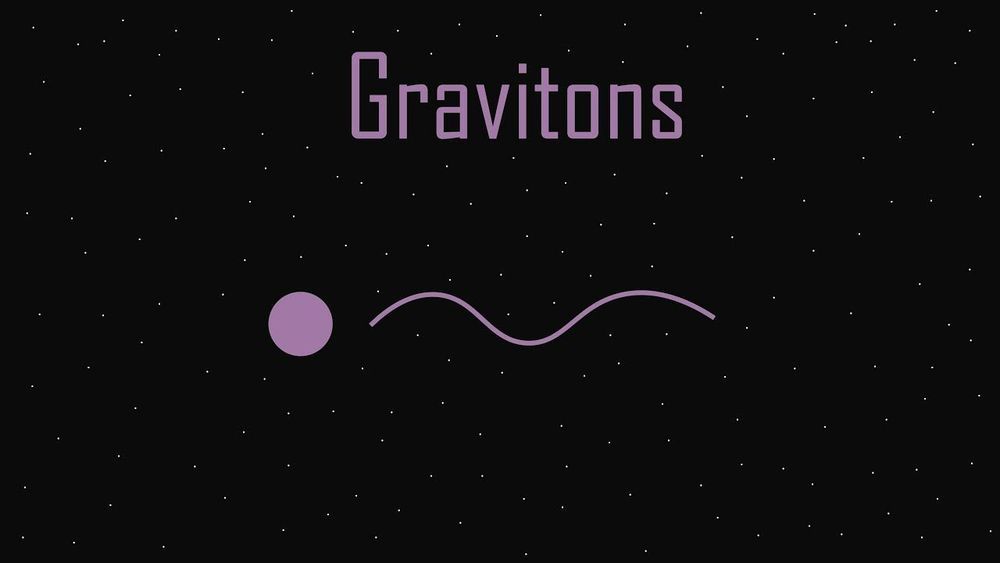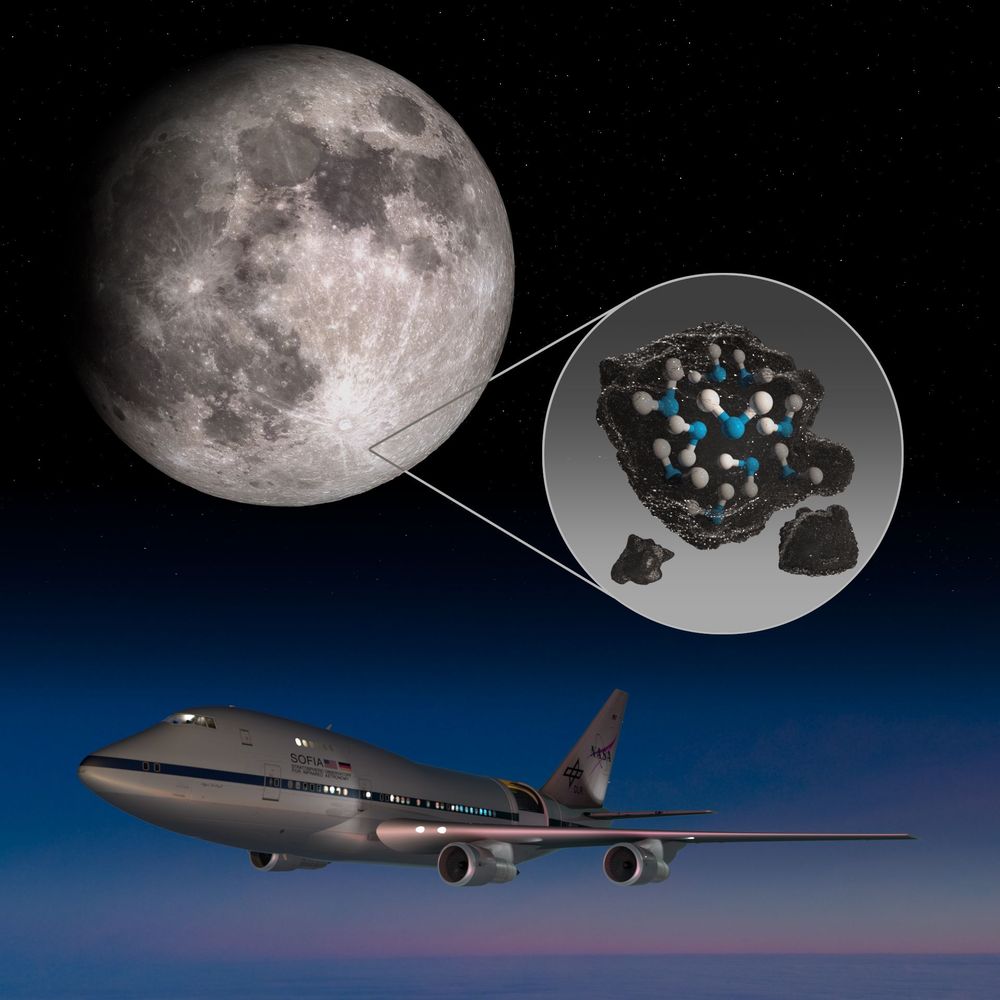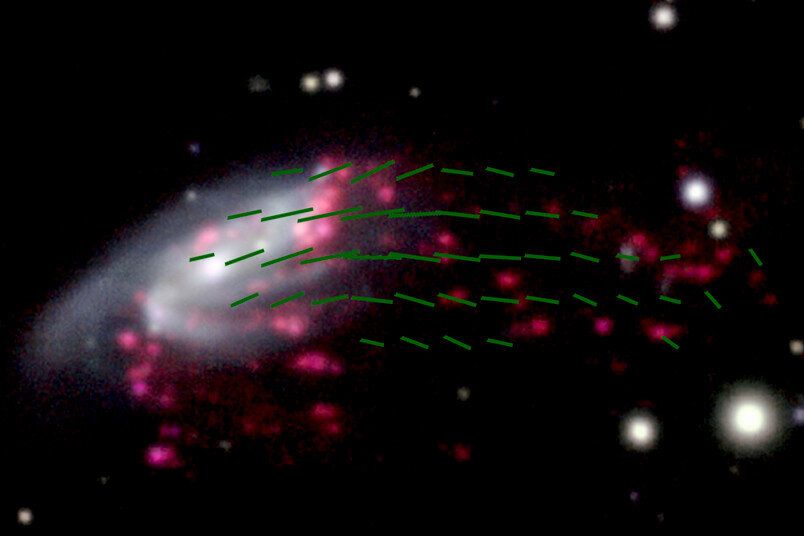Nov 10, 2020
Kosta Tsipis, MIT physicist and prominent voice for nuclear disarmament, dies at 86
Posted by Genevieve Klien in categories: existential risks, military, nuclear weapons, physics, treaties
In arguing against nuclear war, Dr. Tsipis said he came « to believe that reason must prevail. »
A curious boy who gazed at the stars from his mountainside Greek village and wondered how the universe came to be, Kosta Tsipis was only 11 when news arrived that the first atomic weapon had been dropped on Hiroshima, Japan.
“After the bomb went off, I sent away for a book because I wanted to understand it,” he told the Globe in 1987.

